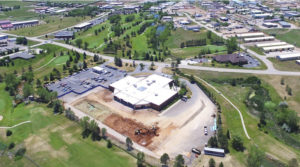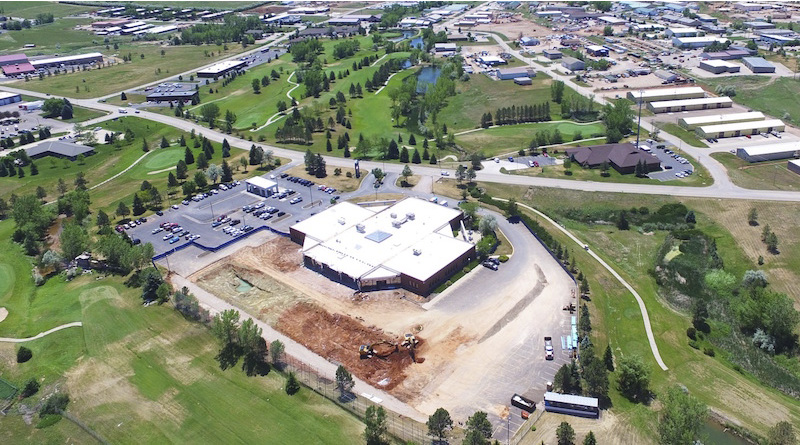Q&A: The Future of Drones at Construction Sites
WINSTON-SALEM, N.C. — The use of construction site drones continues to increase, as the technology offers a unique perspective of a project’s progress. Winston-Salem-based TrueLook is one such company exploring the benefits of drones, after pioneering construction camera technologies that combine live jobsite viewing, project time lapsing and HD security for more than 20 years. The company has found that drone technology can provide project planners and supervisors a high-definition, bird’s-eye view of a jobsite and can help extend the documentation of construction activities to every square foot of a jobsite.

School Construction News spoke with Ken Pittman, marketing director for TrueLook, about this new technology and how construction managers are integrating it on the jobsite. The company currently offers drone missions to its camera customers.
Q: How can education construction projects benefit from the use of drones?
Pittman: Education projects can be more public facing than other types of construction, as the community is invested in the future of the project, and drones excel at capturing share-worthy photos and videos. Their unique perspective in the sky gives a better sense of scale. They are able to quickly show multiple viewing angles of the jobsite as well as how the structure fits into the surrounding area. Photographs from the ground are much more limited in these respects, and drone photographs are naturally more impressive. If you want to make your project look good for the customer, the community, publications, your portfolio, etc., definitely use a drone photo.
Q: What safety and security issues should be considered when using drones at construction sites?
Pittman: Regarding safety and security, it almost always makes sense to simply hire a qualified drone pilot with proper insurance coverage. Drones still fall under Federal Aviation Administration (FAA) regulations that make it challenging to legally fly your own drone for commercial purposes. A qualified drone pilot will know the safety rules and regulations, such as not flying over people, not flying where they don’t have line-of-sight to the drone, etc.
Q: As the use of drones continues to increase, how do you see it shaping the industry?
Pittman: I don’t see drones replacing live viewing or time lapse and surveillance solutions, but they are being used for more than just capturing beautiful photography. Advanced drones are doing impressively accurate 3-D mapping of topography. I could imagine a future where drones are piloted remotely — allowing owners, bankers or managers to thoroughly inspect the project from afar — or perhaps a drone that autonomously takes off, captures photography and lands to recharge on a preset schedule. But these are pure fantasy for now, especially with the current FAA rules.

